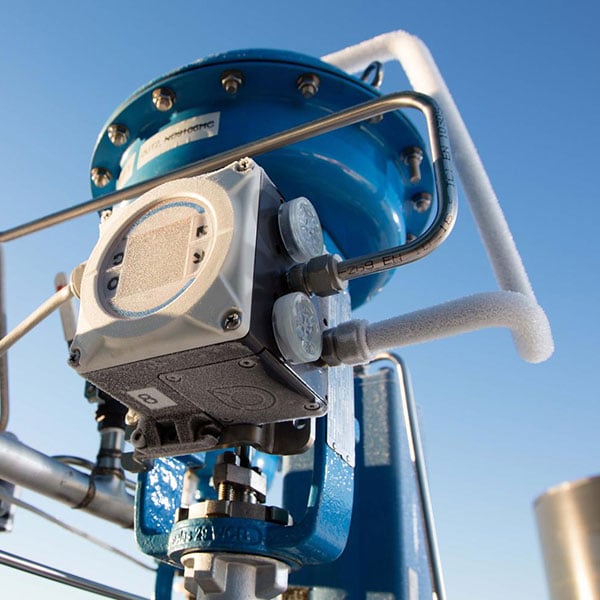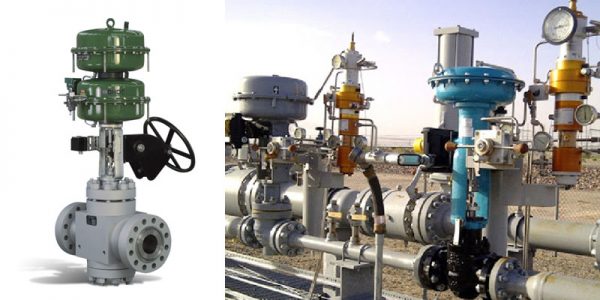
Maximize Power Financial Savings and Comfort With Advanced Building Automation Controls
In the world of modern-day style and facility administration, the combination of innovative building automation manages stands as a critical development. By taking advantage of the power of automation, buildings can adapt, react, and develop in ways that were when unbelievable.
Power Effectiveness Advantages
Energy efficiency advantages can substantially decrease power intake and functional costs in structures. By carrying out energy-efficient techniques and modern technologies, structure owners and operators can accomplish significant cost savings while likewise adding to ecological sustainability. Among the main advantages of enhancing power efficiency in buildings is the reduction of utility costs. Energy-efficient systems, such as advanced building automation controls, can maximize making use of resources like air conditioning, lighting, and heating, resulting in lower energy expenses with time.
Furthermore, enhanced power performance can extend the life expectancy of building tools and systems. By running more effectively, cooling and heating systems, lighting fixture, and other structure parts experience much less deterioration, leading to reduced maintenance and replacement expenses. Additionally, energy-efficient buildings commonly regulate higher building values and rental rates, offering long-term monetary advantages to proprietors.
Moreover, power efficiency can improve owner comfort and efficiency. Properly controlled interior environments with ideal illumination and thermal problems create a more helpful and enjoyable workspace, bring about improved worker satisfaction and efficiency. Overall, the power performance benefits related to advanced structure automation controls are complex, including price savings, environmental stewardship, and passenger health.
Boosted Comfort Control
Enhancing convenience control in building atmospheres requires an innovative combination of innovative automation systems for optimal owner wellness. By utilizing sophisticated structure automation controls, facilities can tailor the indoor setting to meet the details needs and choices of passengers. These systems make it possible for specific law of temperature level, air flow, and lights, creating a comfortable and efficient atmosphere. Occupant contentment and productivity are carefully connected to thermal convenience, making it essential to have systems in position that can adapt to transforming problems in real-time.
Improved convenience control exceeds basic temperature modifications. It consists of functions such as customized settings, occupancy sensors, and natural light use to produce a vibrant and receptive setting. By incorporating these sophisticated controls, buildings can not only boost convenience yet likewise improve power performance by optimizing system operations based on real tenancy and usage patterns. Ultimately, prioritizing occupant comfort through sophisticated automation systems brings about a much more delightful and much healthier interior setting.
Functional Effectiveness Improvements

In addition, the implementation of real-time surveillance and analytics devices enables building drivers to determine energy ineffectiveness and operational anomalies immediately. By continuously keeping track of energy usage patterns and system efficiency metrics, adjustments can be made in real-time to enhance power intake and guarantee peak functional effectiveness. control valves. In addition, integrating demand reaction methods into building automation controls can even more enhance functional efficiency by dynamically adjusting power use based on grid problems and prices signals
Indoor Environment Optimization
Reliable indoor climate optimization is a basic facet of structure automation controls, making sure residents' comfort and health while maximizing energy cost savings. By making use of advanced sensors and controls, developing automation systems can continually readjust and keep track of temperature, moisture levels, air top quality, and ventilation to develop an ideal indoor environment. Keeping regular and comfy problems not just boosts owner satisfaction but also enhances efficiency and overall health.
Interior climate optimization likewise plays an essential function in energy performance. By fine-tuning cooling, air flow, and heating systems based on real-time information and tenancy patterns, constructing automation controls can considerably lower energy intake - control valves. Implementing methods such as demand-controlled click now air flow and thermal zoning can aid reduce energy waste while guaranteeing that each area of the building receives the necessary conditioning.

Sustainable Setting Development
Building automation controls not only maximize interior climate conditions for energy efficiency and occupant convenience yet also lay the foundation for creating a lasting setting why not look here with calculated management of systems and sources. By integrating sophisticated building automation modern technologies, such as sensing units, actuators, and intelligent software, centers can monitor and readjust power use in real-time to decrease waste and lower their carbon footprint. These systems enable anticipating maintenance, recognizing potential issues before they escalate and maximizing tools performance to improve long life and efficiency.
Moreover, sustainable atmosphere development prolongs past energy management to encompass water preservation, waste reduction, and interior air quality renovation. Building automation controls can manage water usage, spot leaks, and guarantee proper garbage disposal techniques, adding to total sustainability efforts. In addition, by controlling and keeping an eye on ventilation and filtration systems, these innovations improve resident health and performance while lowering energy intake related to heating and cooling operations.
Final Thought
In final thought, advanced building automation controls deal considerable advantages in terms of power cost savings, you could try this out comfort control, functional effectiveness, indoor climate optimization, and developing a sustainable environment. By executing these controls, structures can accomplish optimal efficiency while reducing energy usage and boosting resident convenience. It is noticeable that the use of innovative automation innovation is crucial in enhancing building performance and producing an extra lasting future.
Energy effectiveness advantages can substantially minimize power intake and operational prices in buildings. Overall, the power performance advantages linked with advanced building automation controls are complex, incorporating price savings, environmental stewardship, and occupant wellness.
In addition, including need reaction techniques into building automation controls can better boost functional effectiveness by dynamically readjusting energy usage based on grid conditions and rates signals.
Building automation controls not just enhance interior environment problems for energy efficiency and passenger convenience yet also lay the structure for producing a lasting environment via calculated administration of sources and systems.In conclusion, advanced building automation manages offer substantial advantages in terms of energy cost savings, comfort control, operational efficiency, interior environment optimization, and developing a lasting atmosphere.
Comments on “Ingenious Control Valves: Enhancing Accuracy and Reliability”